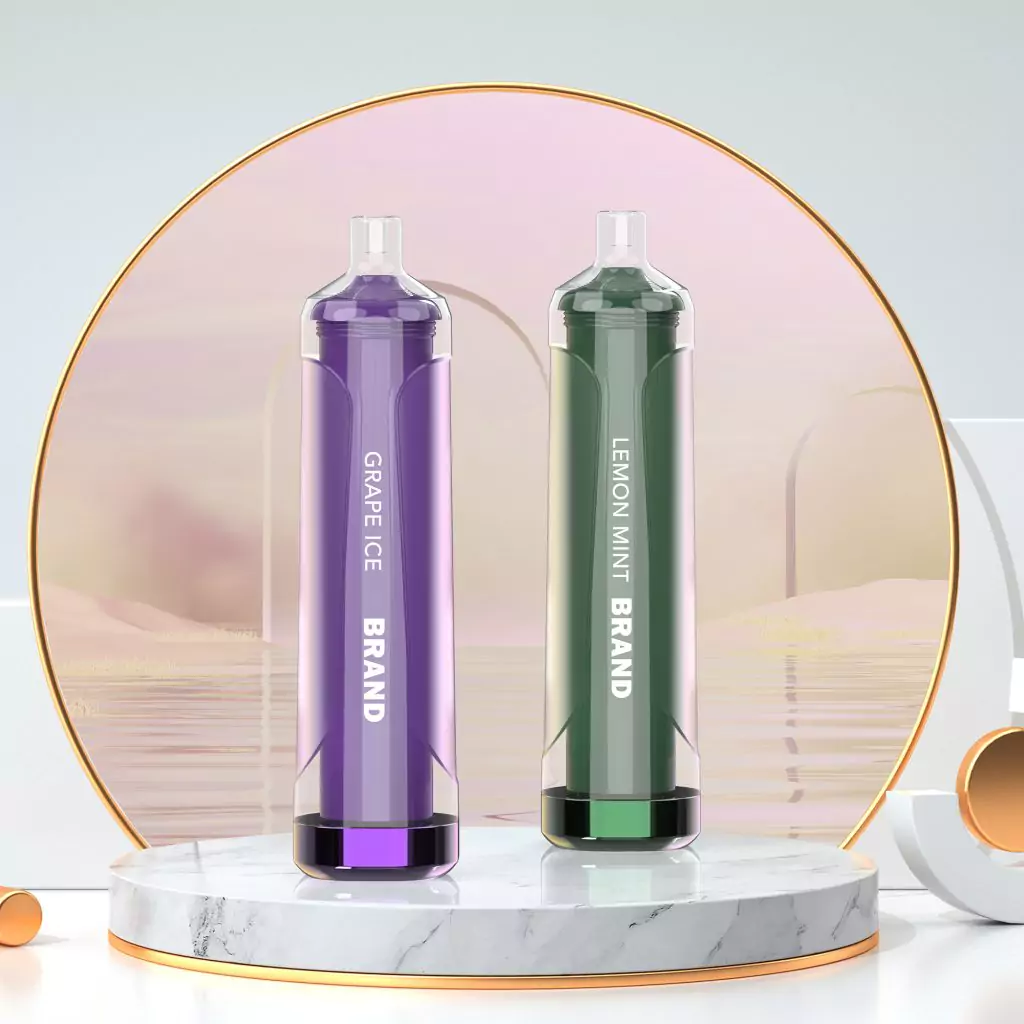Are Disposable Vapes as Harmful as Cigarettes?

The question of whether disposable vapes are as harmful as traditional cigarettes is complex, and current research suggests that while they may be less harmful, they are not without risk. It's important to understand the components and potential effects of both products to make an informed comparison.
Components and Risks of Disposable Vapes
Disposable vapes contain e-liquid, which typically consists of vegetable glycerin (VG), propylene glycol (PG), flavorings, and sometimes nicotine. While many of these ingredients have a Generally Recognized as Safe (GRAS) certification for use in food, the safety of inhaling them is not well-established. When these liquids are heated and vaporized, they can produce harmful substances.
Toxicity
Studies have shown that e-liquids can have cytotoxic effects and cause DNA damage. Vaping exposes users to toxic chemicals such as acrylonitrile, acrolein, propylene oxide, acrylamide, and crotonaldehyde. Additionally, some e-liquids contain diacetyl, which is linked to lung disease, as well as heavy metals like nickel, tin, and lead.
Irritation and Inflammation
Vaping can irritate the lungs and throat, causing a "throat hit" sensation. Inhaling propylene glycol and glycerol can irritate the airways and increase the risk of lung infections. Flavoring ingredients have also been shown to cause inflammation in lung cells. Chronic inflammation can lead to irreversible lung scarring.
Vitamin E Acetate
Some manufacturers add vitamin E acetate to vaping liquids containing THC to thicken or dilute them, but this substance is associated with lung injury.
Risks Associated with Traditional Cigarettes
Traditional cigarettes, on the other hand, are known to contain numerous harmful substances that result from combustion.
Carcinogens
Cigarettes produce carcinogens such as tar, carbon monoxide, and lead. According to the Centers for Disease Control and Prevention (CDC), smoking causes more than 480,000 deaths each year in the United States.
Secondhand Smoke
Traditional cigarettes produce second hand smoke with harmful substances, unlike e-cigarettes.
Addiction
Cigarettes contain nicotine, which is addictive.
Comparison of Harm Although research is still ongoing, current evidence suggests the following:
Reduced Harm
Vaping is considered a less harmful alternative to smoking for current smokers looking to switch. A report from the UK Department of Public Health states that vaping reduces harmful substances by 95% compared to traditional cigarettes.
Risks for Non-Smokers
However, for people who would not otherwise smoke, vaping may increase their health risks. Studies have found higher concentrations of harmful substances in the bodies of vapers compared to non-users. Additionally, a growing number of non-smokers, particularly young adults, are now vaping, with 19% of 18-year-olds who never smoked using vapes in England.
Long-Term Effect
The long-term health effects of vaping are still not well understood, and researchers are still investigating the safety of e-cigarettes.
Conclusion
While disposable vapes may present a reduced harm alternative for current smokers, they are not harmless. They still expose users to potentially toxic chemicals, lung irritation, and inflammation. For non-smokers, the adoption of vaping introduces new health risks that would not otherwise be present. Traditional cigarettes are known to cause severe health issues and death. Therefore, choosing to avoid both products is likely the best option for overall health. If switching from traditional cigarettes, switching to rechargeable vapes and managing nicotine levels may be a more appropriate choice.
- Art
- Causes
- Crafts
- Dance
- Drinks
- Film
- Fitness
- Food
- Games
- Gardening
- Health
- Home
- Literature
- Music
- Networking
- Other
- Party
- Religion
- Shopping
- Sports
- Theater
- Wellness


